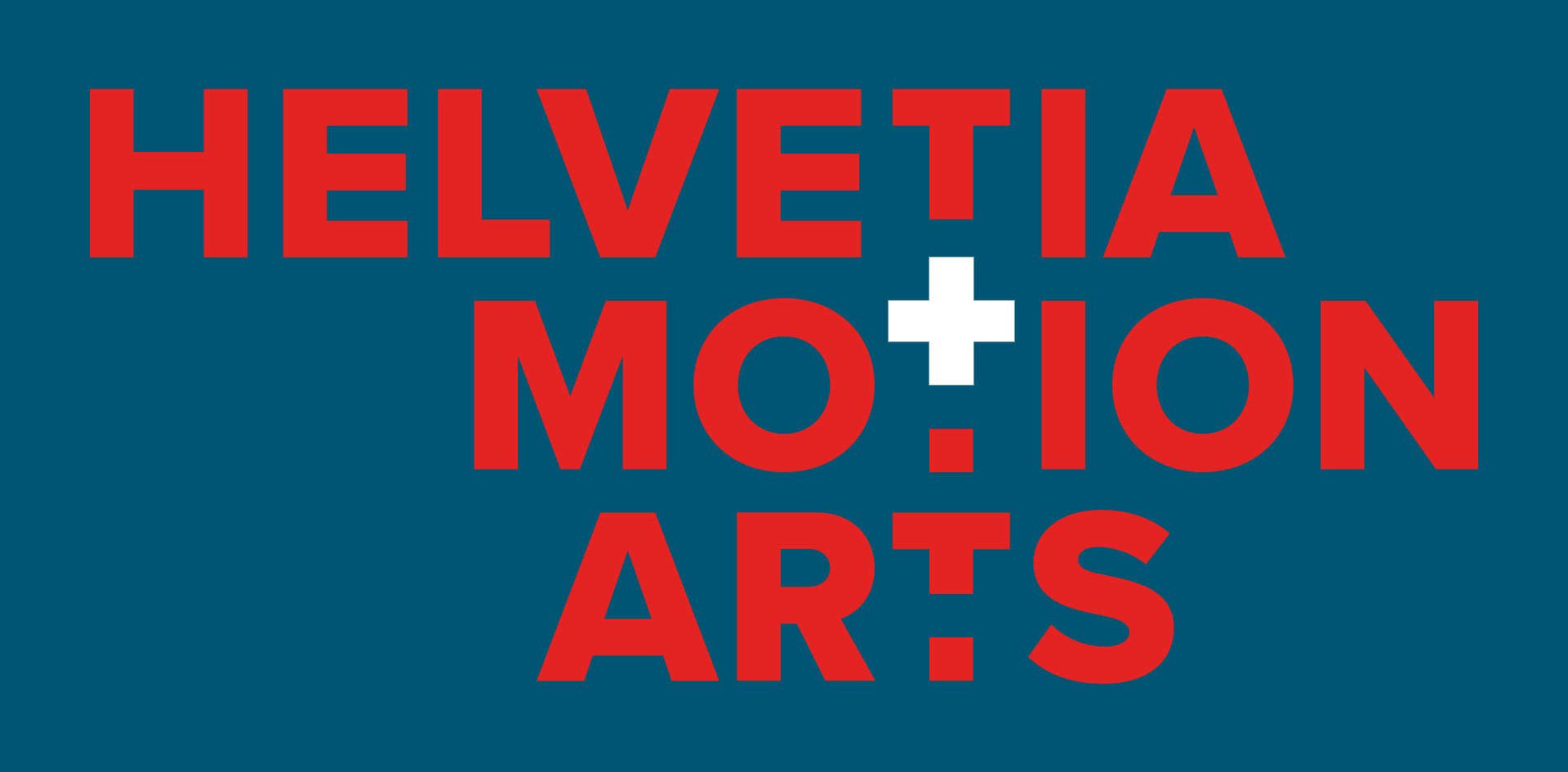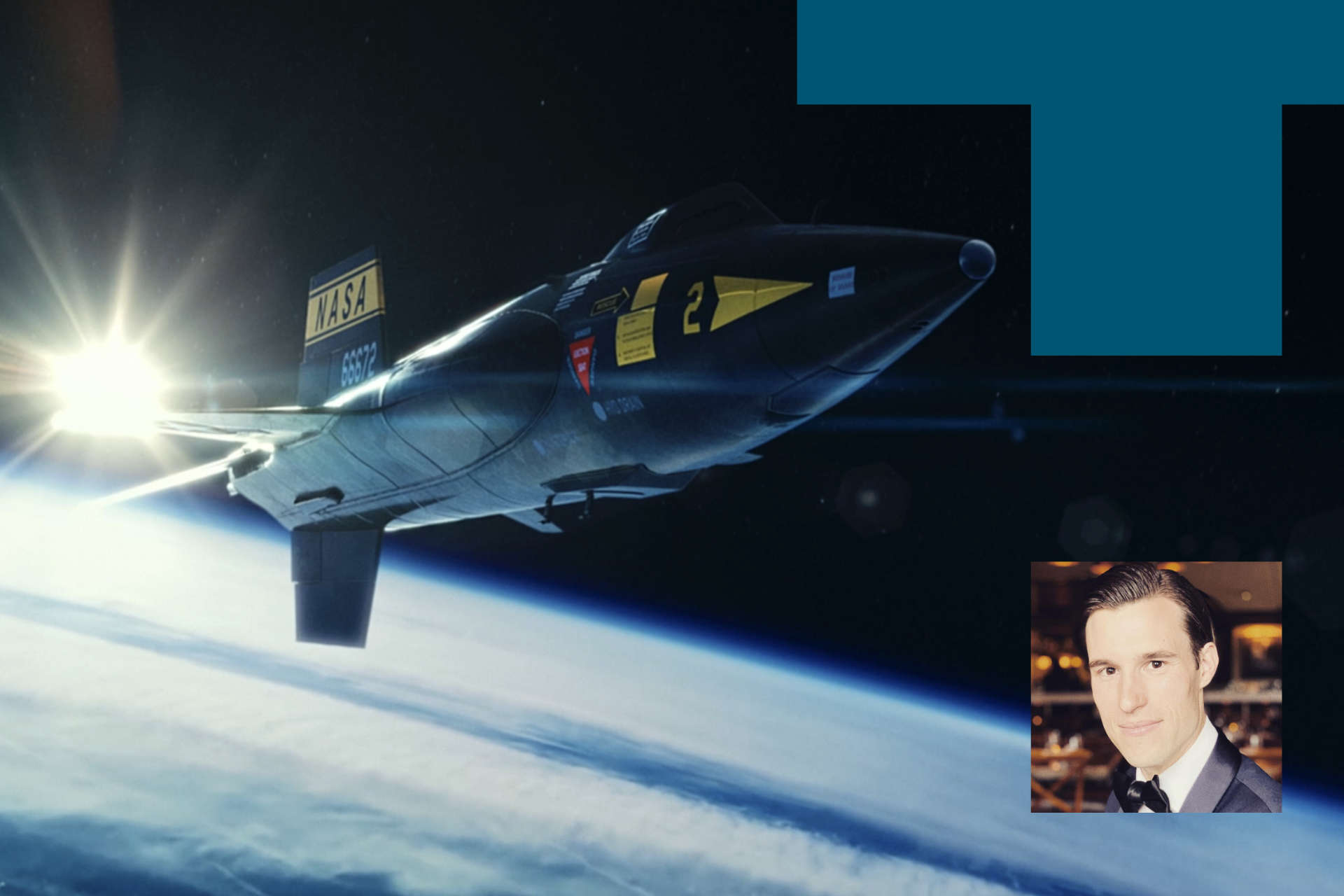
Basel-born filmmaker Jean De Meuron has built a remarkable career blending art and ambition — from an Oscar® nomination for La femme et le TGV to producing viral sci-fi shorts like Megan. He also worked closely with Roland Emmerich at Centropolis on Tides and the epic disaster film Moonfall. His directorial debut Edge of Space made the 97th Oscars® shortlist.
What first sparked your passion for cinema, and was there a particular moment or film that made you realize this was the path you wanted to pursue?
I have always been passionate and fascinated about cinema as an artform and visual medium, which I gravitate towards, especially pertaining to telling stories. One of my all time favorite filmmakers is Steven Spielberg. Needless to say that I grew up watching his iconic movies, including Close Encounters of the Third Kind, Raiders of the Lost Ark, E.T. the Extra-Terrestrial, Indiana Jones and the Last Crusade, Empire of the Sun, Schindler’s List, Jurassic Park and Saving Private Ryan. There was one theatrical cinematic experience that had a profound impact on me, leaving its indelible mark, as I witnessed something incredible that I hadn’t seen before. It was the year 1999 and the film was The Matrix, which technically set a new benchmark of what was possible in terms of visual effects and creative storytelling, resulting in moving cinema forward. Another film that completely blew me away was Francis Ford Coppola’s Apocalypse Now, which I consider to be a stunning masterpiece.
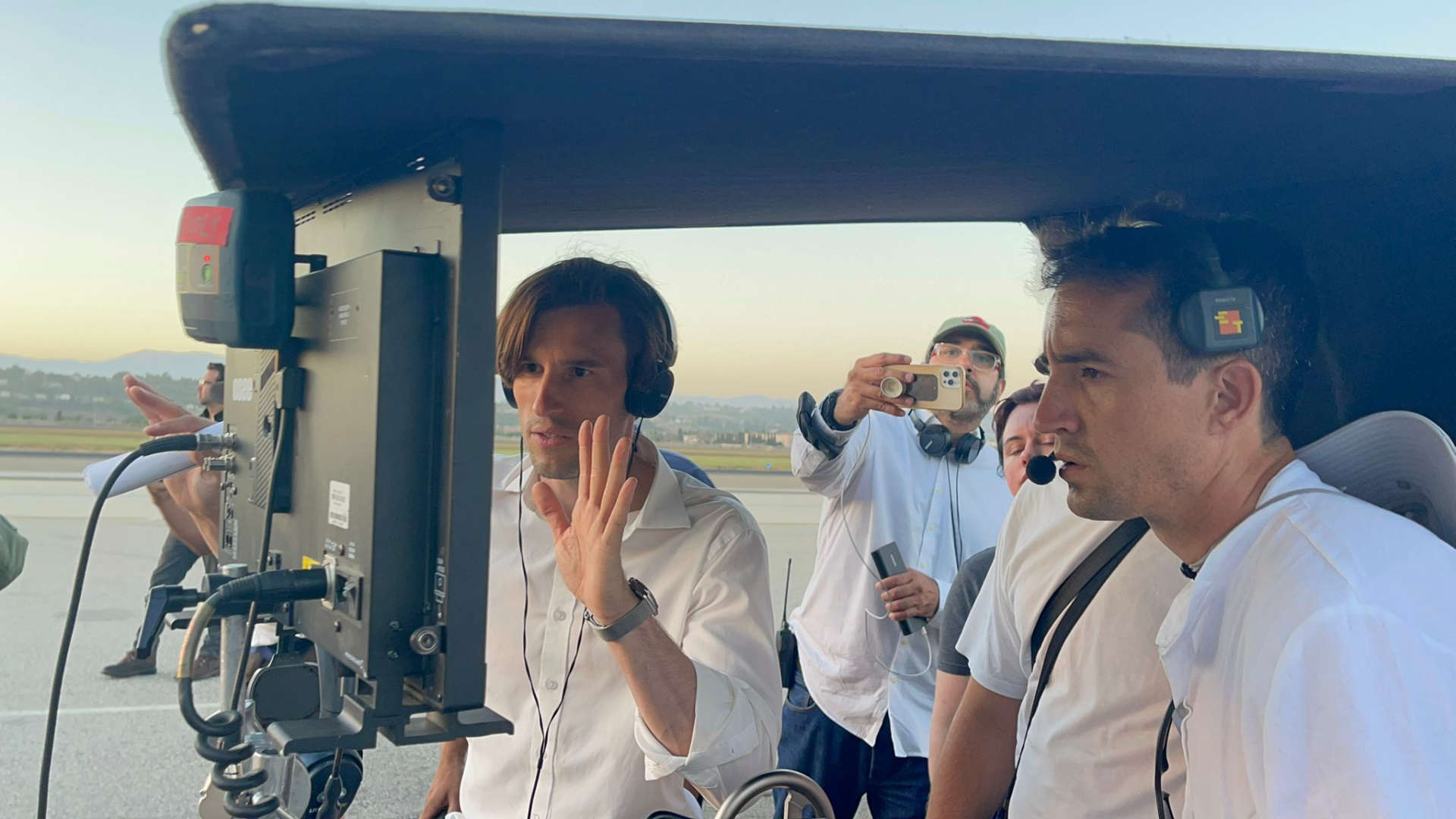
The film industry is famously competitive — how did you manage to carve out your first opportunities and break into the professional world?
While attending film schools in New York and Los Angeles, respectively, I would network as much as possible, building long-lasting professional relationships. During my semester breaks, I would make sure to intern at several major movie studios, such as Paramount Pictures, Universal Pictures and MGM, among others. I am very driven and relentless in the pursuit of my passion, so I researched and went after potential opportunities I wanted to achieve in a determined fashion and dedicated way. Being ambitious, I aspired to figure out a way to make it happen.
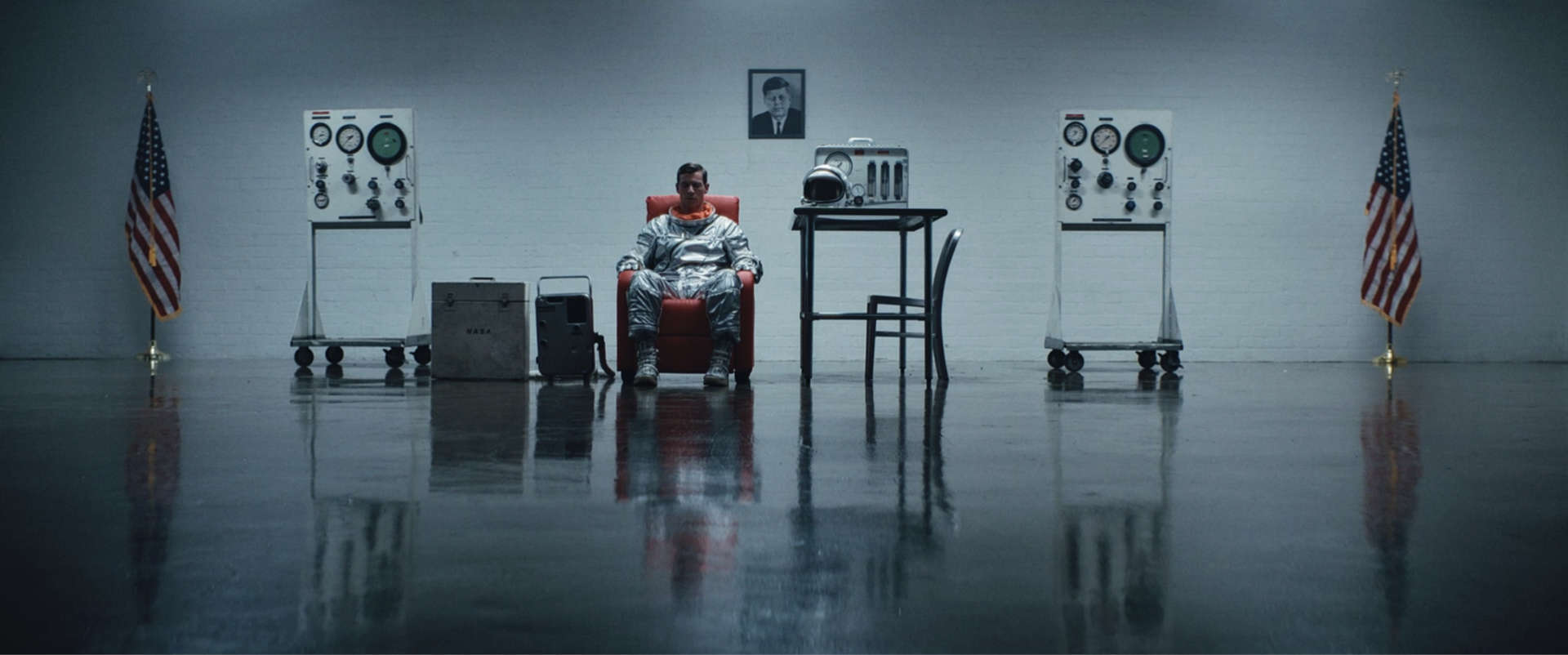
You studied at several prestigious institutions in the U.S., including NYFA, USC, and UCLA Extension. How did your American academic journey shape your vision and approach as a filmmaker?
I am certainly very influenced, shaped and inspired by American cinema, mainly the New Hollywood era, a movement when a new generation of groundbreaking filmmakers rose to prominence, namely Steven Spielberg, George Lucas, Terrence Malick and Francis Ford Coppola, to name a few. Primarily Spielberg and Lucas ushered in the summer blockbuster phenomenon with Jaws and Star Wars in the 1970s — films that reached unprecedented box office heights. I personally love big, epic movies that are massive in size, scale and scope in terms of narrative spectacle and intriguing plots. I surely can appreciate and admire prestige arthouse, story and character-driven auteur movies, which win awards, but I am also in awe of broadly appealing and commercially successful blockbuster-filmmaking.
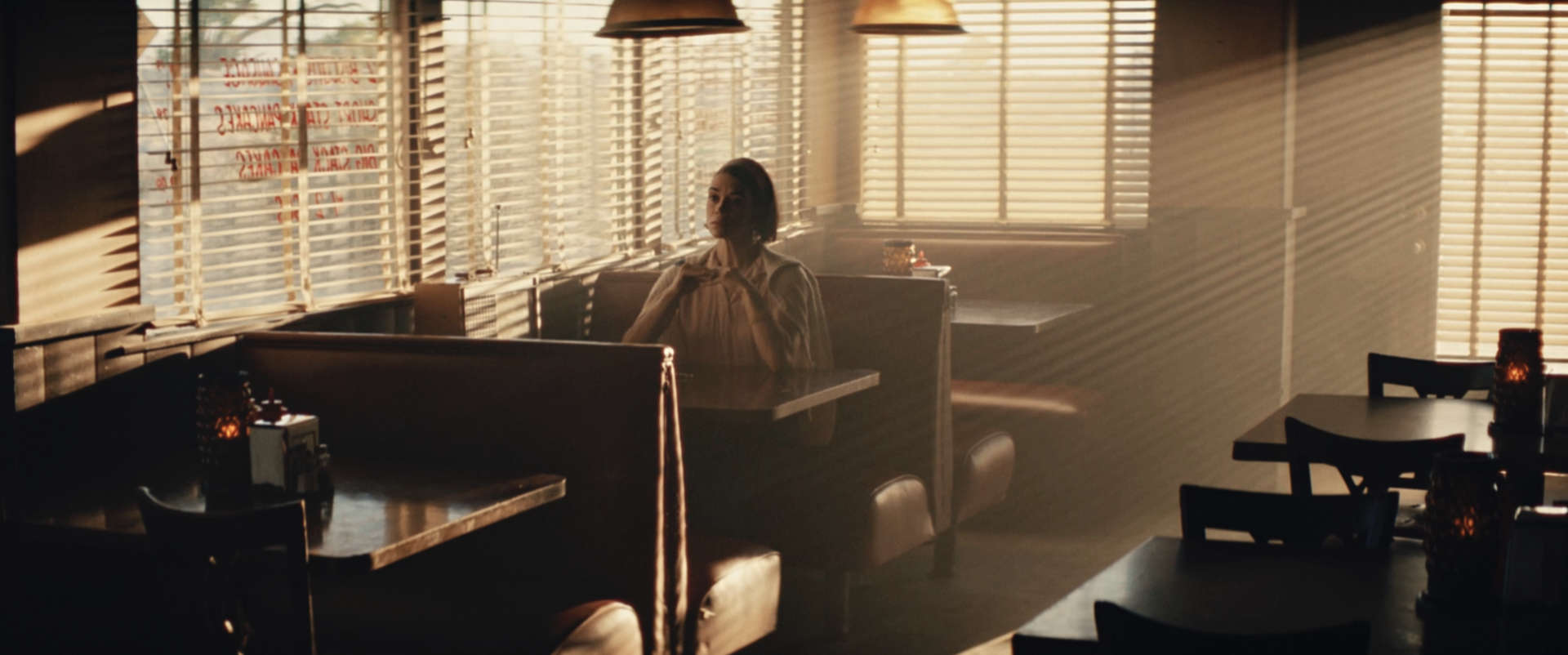
You also worked closely with Roland Emmerich at Centropolis Entertainment. What was it like collaborating with one of the leading figures in Hollywood sci-fi, and what did you take away from that experience?
The experience was an absolute dream come true. Roland, a visionary storyteller and renowned world-builder, is one of my directing idols, as I love Stargate, Independence Day, The Patriot, The Day After Tomorrow, 2012, Midway etc. I am very proud and humbled to have had the opportunity to work with and learn from Roland. I consider him to be a mentor (and friend), who is very generous and caring. My extensive visual effects knowledge stems from Roland, as I observed/shadowed him on the post production of Moonfall, and watched him directing on set, including his epic gladiator TV show, Those About to Die, which was shot at the legendary and historic Cinecittà Studios in Rome, Italy.
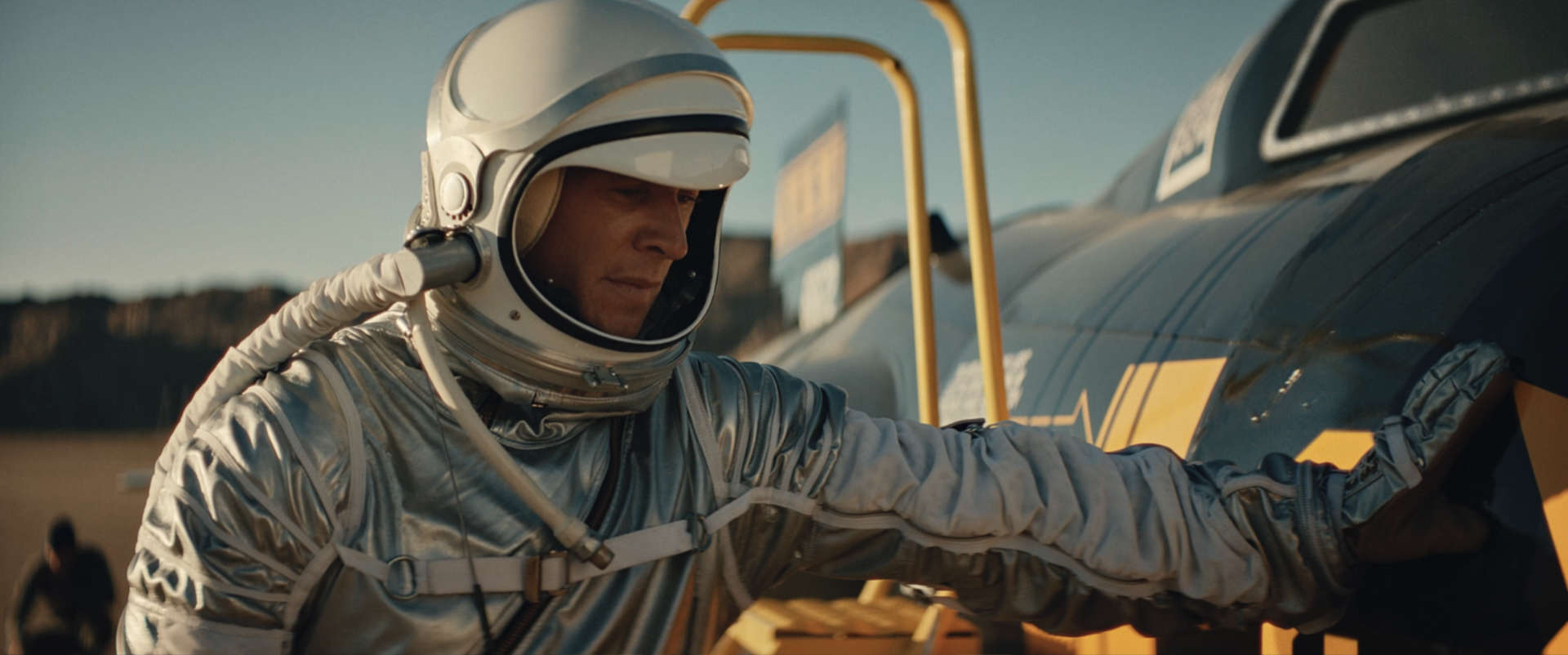
‘Edge of Space’ marked your professional debut as a director and even made the Oscars® shortlist. What inspired this story and what made it the right project to launch your directorial voice?
While working for Roland on Moonfall, I gained direct access to NASA, which officially supported the production as a creative partner/consultant. I have always been fascinated by space exploration, when mankind reached for the stars. Edge of Space is set in 1961 during the height of the space race between the US and Soviet Union. The story cinematically depicts the struggles, conflicts and heroic exploits of those who took “a clearly leading role in space achievement, which in many ways,” as President John F. Kennedy famously noted, “may hold the key to our future on Earth.” As NASA embarks on the Artemis Program, aiming to land a new generation of astronauts on the Moon, it is fascinating to trace the origins of the space exploration era, paying tribute/homage to the pioneers who risked it all. This is a timely story about human perseverance, scientific innovation and overcoming the impossible against all odds. Subtextually speaking, the film deals with the notion of the impact those who inspire us have, as we aspire to leave our own legacy. As film is a visual medium, I aimed to create a compelling narrative with brave characters that was aesthetically pleasing, ambitious in scale and scope — like the blockbuster movies that I love and inspire me.
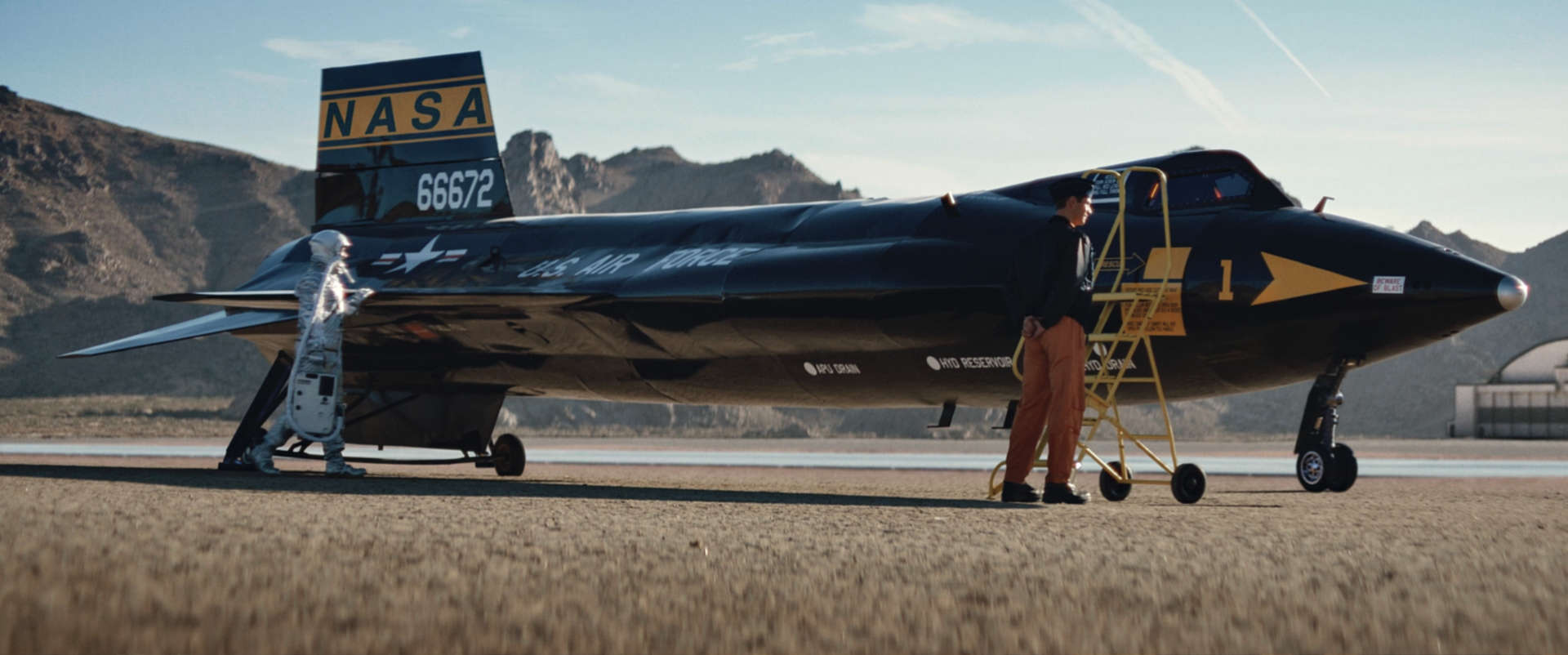
Can you walk us through one or two of the major creative or technical challenges you encountered while making ‘Edge of Space’?
Cinematically speaking, I was massively influenced by Terrence Malick’s approach of using all available light during magic/golden hour — think Badlands, Days of Heaven or The Thin Red Line. Edge of Space was mostly shot during golden/magic hour, that spectacular period of daytime shortly before sunrise or sunset, respectively, when the setting sun provides such a beautiful glow, mood, feel and tone. From a production point of view/standpoint, it is very challenging shooting during golden/magic hour because time is very limited, so one needs to be extremely well prepared, very effective and efficient because you are chasing the light, which is obviously needed for the film’s exposure. The margin for errors is zero, considering if you miss your window of opportunity, it’s gone and one cannot capture the scene as it was intended. My Director of Photography, Daryl Hefti, and I carefully planned each sequence, blocking the scenes with the utmost attention to detail.

Given your background as a producer, how did shifting into the director’s seat change your relationship with storytelling and production?
Regardless of whether an individual is a writer, director or producer, in essence we are all storytellers, which is the overarching term as far as I am concerned. We use different “tools” with which we tell the story. Having a production background helped me insofar that I was also able to not only direct, but also produce Edge of Space. Knowing the budget constraints and production needs for the film, I was able to creatively find appropriate solutions with my fellow producers and collaborators. I think every filmmaker needs to know and understand the production process, as every film has its own set of challenges that one needs to understand, fix, solve and overcome, without sacrificing and altering one’s vision. Surely, no one has unlimited resources and it is about finding satisfying compromises, solutions, and acting resolutely to address a problem.

After years in the U.S., you’ve reconnected with your roots in Switzerland. What motivated your return, and how has that influenced your creative direction?
Hollywood is currently facing lots of challenges, such as legacy media conglomerates being confronted with seismic and tectonic economic headwinds, from Wall Street’s pressure to their bottom lines, paying off debts, declining box office results, as well as changing consumer habits, such as cord-cutting in favor of streaming. One can say that the entire entertainment sector is going through an immense recalibration, where studios are either merging, consolidating or breaking up their empires — think NBCUniversal or Warner Bros. Discovery, which both just split their network and cable from the studio and streaming business. Due to the inflation, it is also very expensive to shoot in Los Angeles, formally the entertainment capital of the world. Europe, with its great production hubs (Pinewood, Babelsberg or Cinecittà) and lucrative tax incentives, government subsidies and available soft money is becoming a dominant player in the global entertainment industry/show business economy. Netflix has shown that great films or TV shows not only can come from Hollywood, but local productions can reach a large audience, while breaking out and expanding on a worldwide stage. With the emergence of several key European territories/markets in terms of streaming and its distribution, the opportunities for creatives have never been greater, as audiences crave content from other countries. Films often are a window onto the world, where we explore and are exposed to new ideas and cultures. The universal language of cinema is storytelling, and that is what unites us: engaging characters, intriguing stories, suspenseful journeys and compelling narratives — traits that all good movies comprehensively encompass, regardless of the language.
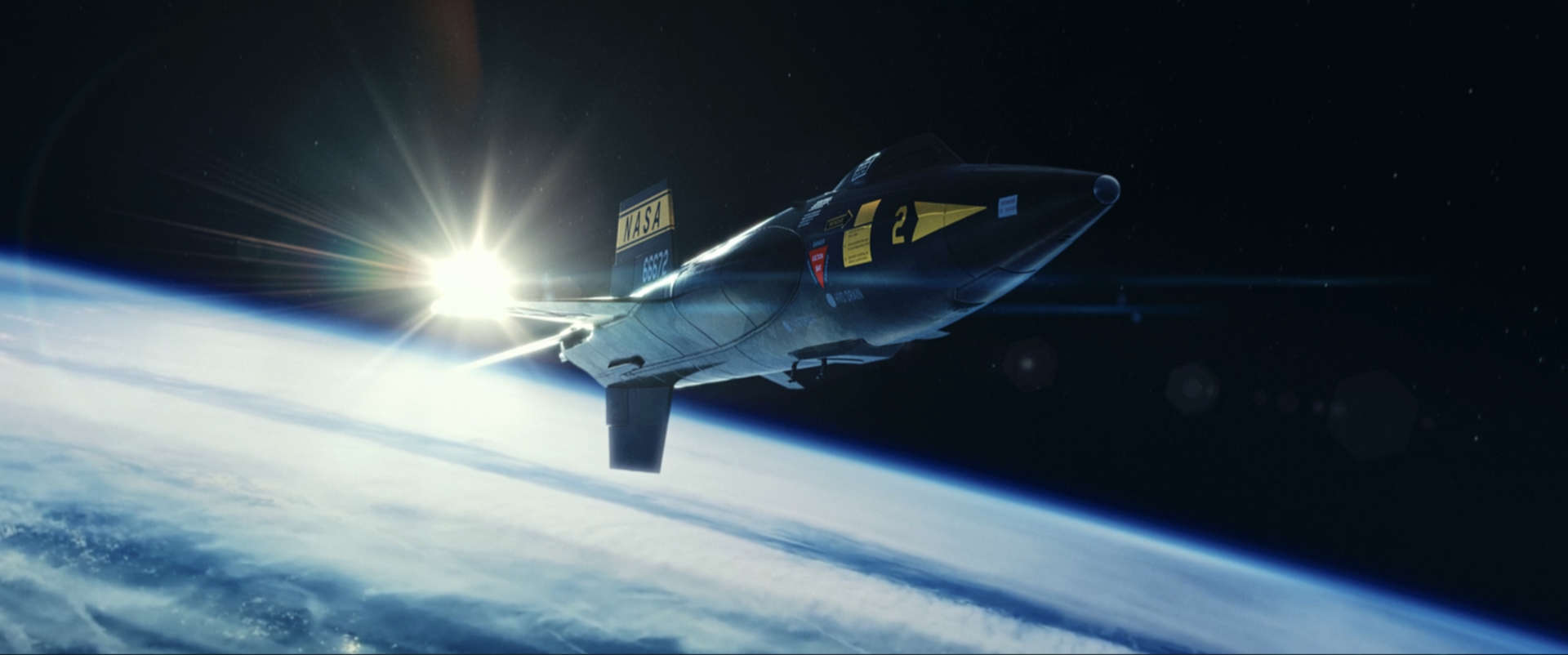
Are you currently developing any projects in Switzerland, or working with local talent and institutions?
Yes, I have a couple of ideas/concepts that I am exploring and developing… Aside from that, I work for Corinne Rossi at Praesens-Film, as well as at the Zurich Film Festival (ZFF). I have lots of local talents, who I tremendously respect and am excited to hopefully work/creatively collaborate with one day, including writers, directors, producers, cinematographers, composers, VFX and stunt supervisors.
As a member of the Academy with international experience, what do you hope to see evolve or grow in the Swiss film industry in the coming years?
I would love to see more genre films that is, ambitious action and sci-fi projects (like Tides) from Switzerland that successfully travel internationally at either film festivals or on Netflix. Tim Fehlbaum’s Tides, which premiered at the Berlinale (and also screened at NIFFF), actually was the #1 movie in the US, claiming the top spot in the Top 10 ranking of the most watched films, upon its streaming release on Netflix. The DACH market is so important and crucial in the entertainment landscape, so it would be great to see a Swiss production and/or co-production in the vein of All Quiet on the Western Front that wins BAFTAs, Golden Globes and OSCARS® at the Academy Awards. I think in Europe, Germany, France and the UK have paved the way with Edward Berger, Luc Besson and Ridley Scott — all of which segued (and “expanded”) to Hollywood after breaking out and emerging onto the scene in their respective countries.

Finally, if you could develop your dream project with no creative or budget constraints, what kind of film would it be — and where would you want to shoot it?
I have a couple of dream projects: either a historical epic like Lawrence of Arabia, Doctor Zhivago, Apocalypse Now, Schindler’s List, Saving Private Ryan, Gladiator or 1917. And then, it would be amazing to make an action or sci-fi blockbuster picture in the style of Ridley Scott (Blade Runner), Roland Emmerich or Michael Bay (The Rock, Armageddon, Pearl Harbor). Ideally, I would like to film a sequence/set piece in my hometown of Basel, involving some Herzog & de Meuron architectural buildings.
Thanks for your time.
// Curious to see more about the artist?
Art of VFX: Here’s my interview of Jean De Meuron about Edge of Space.
